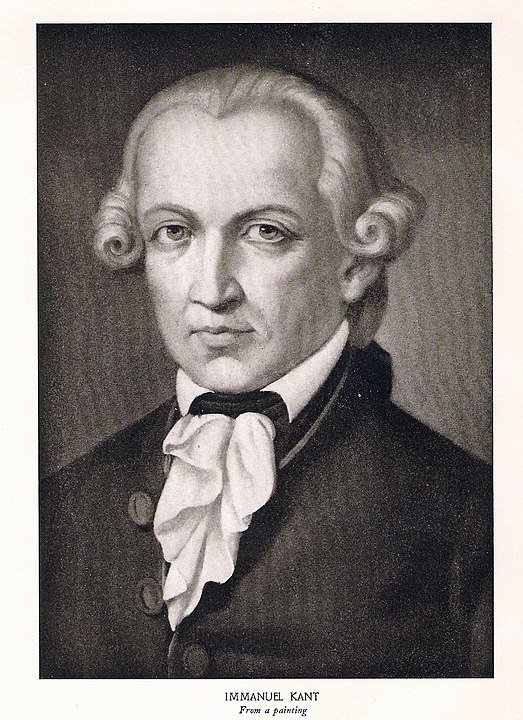
(photo credits)
Immanuel Kant, a German philosopher, was one of the most influential thinkers in the field of aesthetics, particularly in his theory of pleasure in response and appreciation of art. Kant argued that aesthetic pleasure was a distinct kind of pleasure that arose from the free play of imagination and understanding in the apprehension of the form of the artwork.
According to Kant, the aesthetic experience was not a cognitive or practical experience but rather a disinterested contemplation of the form of the artwork. The form of the artwork refers to its overall structure, its composition, and its relations among its parts. The form of the artwork was important because it allowed the viewer to apprehend the artwork as a whole, rather than as a collection of individual parts.
Kant believed that the aesthetic experience was primarily a pleasurable one, and that the pleasure of the aesthetic experience was not based on the object’s usefulness or the satisfaction of the viewer’s desires. Rather, it was based on the free play of the imagination and understanding in the apprehension of the form of the artwork. This free play meant that the imagination and understanding were not constrained by concepts, rules, or purposes, but were able to exercise their capacities without any limitations.
Kant also believed that aesthetic pleasure was universal and that it was not dependent on individual taste. This meant that everyone could experience aesthetic pleasure regardless of their individual preferences or cultural background.
Let us discuss an example; Kant used the example of a beautiful rose to illustrate his theory of pleasure in response and appreciation of art. He argued that the beauty of the rose did not depend on any practical use it may have, but rather on its form, color, and fragrance. The viewer could experience pleasure in contemplating the form of the rose, without any regard for its usefulness or practical value.
Kant’s theory of pleasure in response and appreciation of art has been influential in shaping the way we understand the aesthetic experience today. It emphasizes the importance of disinterested contemplation and the role of the imagination and understanding in apprehending the form of the artwork. It also highlights the universality of aesthetic pleasure, which allows people from all cultures and backgrounds to appreciate and enjoy art.
Leave a Reply